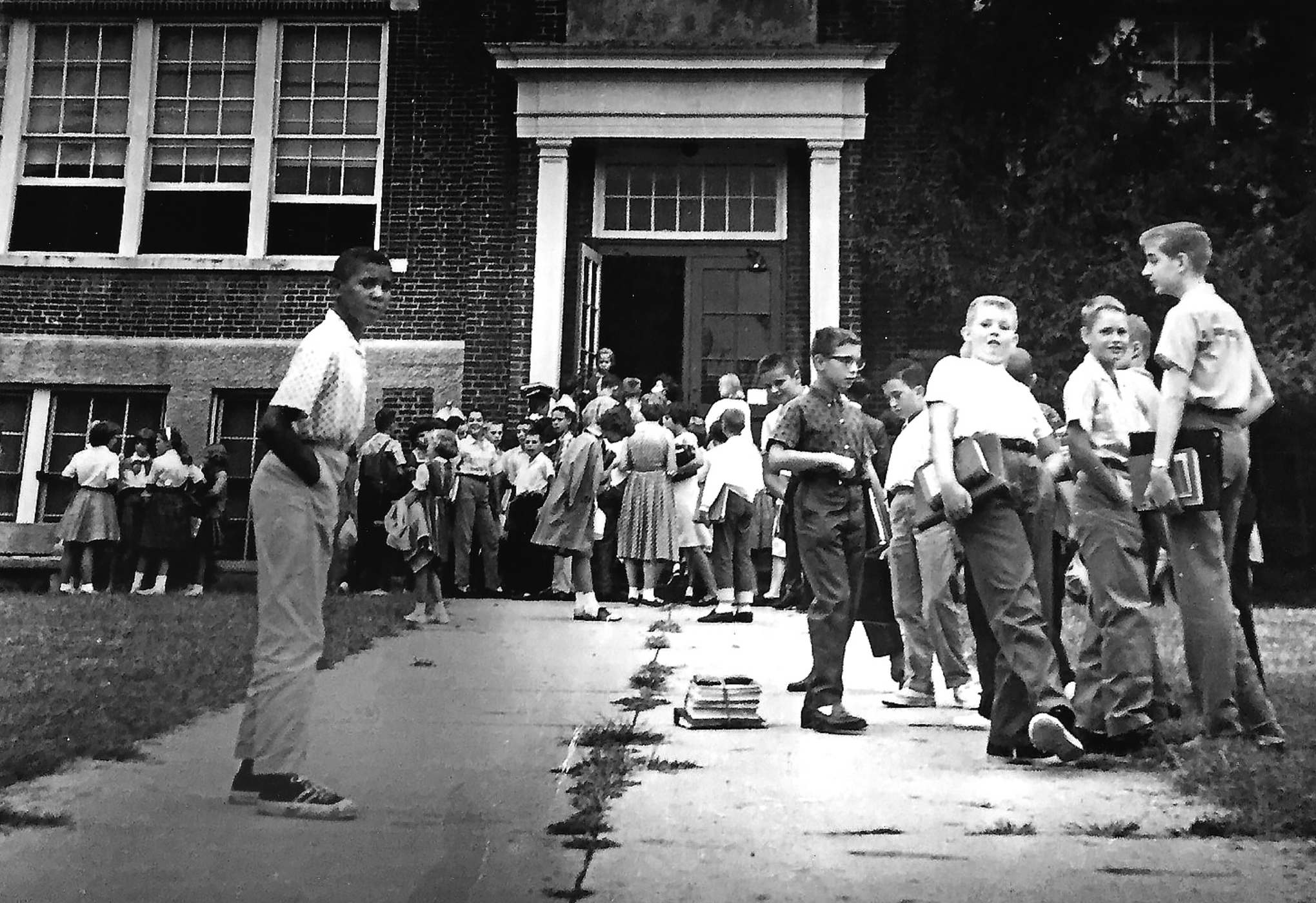School Desegregation Order Ended: What's Next For US Schools?

Table of Contents
The Legacy of School Desegregation Orders
The landmark Brown v. Board of Education Supreme Court decision of 1954 declared state laws establishing separate public schools for black and white students unconstitutional. While Brown v. Board aimed to dismantle the system of de jure segregation (segregation by law), the implementation of desegregation orders faced significant resistance and challenges. The subsequent decades saw a complex and often turbulent process of trying to achieve racial integration in schools.
Positive impacts included:
- Improved academic outcomes for minority students in some areas, though this varied widely depending on the effectiveness of implementation and the resources available.
- Increased social interaction and understanding between different racial groups, fostering a more inclusive environment in some schools.
However, significant challenges hindered progress:
- Massive resistance from many communities, leading to protracted legal battles and slow implementation.
- Persisting funding disparities between predominantly white and predominantly minority schools, creating unequal learning environments.
- The lingering effects of decades of segregation, resulting in disparities in resources, teacher quality, and curriculum offerings.
The legacy of these orders is therefore a mixed one, highlighting both the potential for positive change and the deep-seated challenges in achieving true educational equity.
The Current State of School Segregation
Despite the progress made since Brown v. Board, school segregation remains a persistent problem in the United States. While de jure segregation is largely eradicated, de facto segregation (segregation in practice) has become a significant concern. This resurgence is driven by several intertwined factors:
- Residential segregation: Housing patterns continue to reflect racial and socioeconomic divisions, leading to schools that are heavily concentrated in specific racial or economic groups.
- School choice policies: Some argue that certain school choice initiatives, while intended to increase educational options, have inadvertently exacerbated segregation by allowing families to opt out of diverse school environments.
- Funding inequalities: Persistent inequities in school funding across districts perpetuate disparities in resources, impacting educational outcomes for students from disadvantaged backgrounds.
Statistics reveal a stark reality: many schools remain overwhelmingly composed of students from a single racial or socioeconomic group. This de facto segregation creates unequal learning opportunities and reinforces existing social inequalities.
Potential Pathways Forward: Addressing Educational Inequality
The ending of specific desegregation orders underscores the need for innovative and comprehensive strategies to address educational inequality. Moving forward requires a multi-pronged approach focusing on:
- Equitable school funding models: Implementing funding formulas that adequately resource schools serving disadvantaged populations is crucial. This might involve state-level redistribution of funds or targeted investments in under-resourced schools.
- Promoting diversity and inclusion in schools: Schools need to actively foster inclusive environments that celebrate diversity and actively combat prejudice. This includes culturally responsive curricula, teacher training on diversity and inclusion, and programs aimed at reducing bias and promoting understanding.
- Community engagement: Building strong partnerships between schools and communities is vital for improving educational outcomes. Community involvement can enhance resources, provide support for students and families, and strengthen the overall school environment.
- Addressing housing segregation: Addressing the root causes of school segregation requires policies aimed at reducing residential segregation, creating more integrated housing options, and promoting equitable access to housing for all.
These multifaceted strategies require a collaborative effort from policymakers, educators, community members, and families to foster equitable educational opportunities for all children.
The Role of the Department of Education
The US Department of Education plays a critical role in addressing school segregation and promoting educational equity. Their policies, funding allocations, and enforcement of existing laws significantly impact the educational landscape. Currently, the Department focuses on initiatives promoting equitable access to high-quality education, including monitoring school districts for compliance with anti-discrimination laws and providing resources for schools to implement effective integration strategies. However, increased funding for programs aimed at addressing disparities, stronger enforcement of anti-discrimination laws, and greater support for schools working to integrate their student populations are crucial steps to further enhance the Department's impact on achieving educational equity.
Charting a Course for Equitable Education Beyond School Desegregation Orders
The ending of school desegregation orders, while a significant event, doesn't mark the end of the fight for educational equity. It highlights the ongoing need for proactive and comprehensive strategies to overcome the deeply rooted challenges of segregation and create a truly inclusive and equitable education system. The legacy of school desegregation continues to impact our schools, and the path forward necessitates addressing persistent inequities in funding, promoting diverse and inclusive school environments, and fostering strong community engagement. Understanding the impact of the ended school desegregation order is crucial to building a more equitable future. Learn more about current initiatives and how you can contribute to fighting for fair and accessible education for all.

Featured Posts
-
 Daisy May Coopers 30 000 Cotswolds House Paint Dispute
May 02, 2025
Daisy May Coopers 30 000 Cotswolds House Paint Dispute
May 02, 2025 -
 Indias Plea For Justice Rubios De Escalation Call Amidst Tensions
May 02, 2025
Indias Plea For Justice Rubios De Escalation Call Amidst Tensions
May 02, 2025 -
 Christina Aguilera Photoshopped To Perfection Or A Distorted Reality
May 02, 2025
Christina Aguilera Photoshopped To Perfection Or A Distorted Reality
May 02, 2025 -
 Elektriciteitsstoring Breda Oorzaken En Gevolgen Van De Grote Uitval
May 02, 2025
Elektriciteitsstoring Breda Oorzaken En Gevolgen Van De Grote Uitval
May 02, 2025 -
 Fortnite Server Status Is Fortnite Down Update 34 20 And Downtime
May 02, 2025
Fortnite Server Status Is Fortnite Down Update 34 20 And Downtime
May 02, 2025
